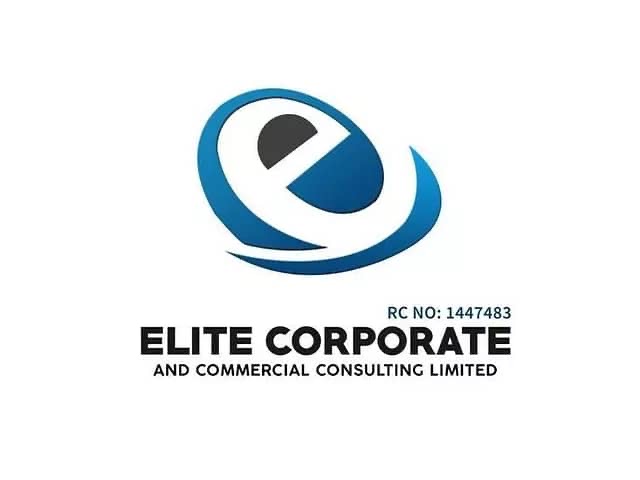
In today’s digital age, Google My Business (GMB) — now known as Google Business Profile (GBP) — is one of the most powerful tools for local businesses. A well-optimized listing can help your company appear in local search results, Google Maps, and even the “local pack” section of Google’s search engine results page (SERP). If you want to increase visibility, attract more customers, and build trust, optimizing your GMB listing is essential.
This step-by-step guide will show you how to make the most of your Google My Business profile for maximum impact.
Why Google My Business Optimization Matters
- Boosts Local SEO: A complete and accurate profile increases your chances of appearing in local searches.
- Builds Trust and Credibility: Customers rely on business details like location, hours, and reviews.
- Drives More Traffic: A well-optimized profile can lead to more calls, website visits, and in-store visits.
- Enhances Customer Engagement: Features like posts, Q&A, and reviews allow direct interaction with potential customers.
Step 1: Claim and Verify Your Business
Before optimizing, you need to claim your business listing and complete the verification process. This usually involves receiving a postcard, phone call, or email from Google with a verification code. Verified businesses rank higher and are more trusted by users.
Step 2: Complete Every Section of Your Profile
Google rewards thoroughness. Fill out all available fields, including:
- Business name (as it appears in real life).
- Address (ensure it’s accurate and consistent across all platforms).
- Phone number.
- Website URL.
- Business hours (including holiday updates).
- Business category and attributes (e.g., women-owned, wheelchair accessible).
Step 3: Choose the Right Categories
Your primary category should reflect your core business (e.g., “Bakery” or “Dentist”). Add secondary categories to capture additional services, but don’t overdo it. The more accurate your categories, the better your chances of ranking for relevant searches.
Step 4: Use High-Quality Photos and Videos
Visuals play a huge role in customer decisions. Add:
- Profile and cover photos.
- Interior and exterior shots of your business.
- Product or service photos.
- Short videos showcasing your team, services, or products.
Businesses with photos receive 42% more requests for directions and 35% more click-throughs to their websites compared to those without.
Step 5: Optimize Your Business Description
Write a clear, keyword-rich description of your business. Keep it concise (up to 750 characters), focus on what sets you apart, and include relevant local keywords naturally. For example:
“We are a family-owned Italian restaurant in Lagos specializing in wood-fired pizzas, homemade pasta, and authentic desserts.”
Step 6: Collect and Respond to Reviews
Reviews significantly impact both rankings and customer trust. Encourage happy customers to leave reviews and always respond — whether positive or negative. Responding shows you value feedback and improves engagement.
Step 7: Leverage Google Posts
Google allows you to share updates, offers, events, and news directly on your profile. Use Google Posts to promote:
- Limited-time offers.
- New products or services.
- Special events.
- Educational content.
These posts appear directly in your business profile and can increase customer engagement.
Step 8: Add Products and Services
If applicable, list products and services with descriptions, prices, and photos. This makes it easier for customers to understand your offerings before contacting you.
Step 9: Use Keywords Wisely
Incorporate local SEO keywords in your business description, posts, services, and Q&A section. Example: instead of just “plumber,” use “emergency plumber in Abuja.”
Step 10: Monitor Insights and Analytics
Google My Business provides insights into how people find your listing, where they’re coming from, and what actions they take (calls, clicks, or requests for directions). Use this data to refine your strategy.
Pro Tips for Extra Optimization
- Ensure NAP consistency (Name, Address, Phone) across all online directories.
- Add FAQs in the Q&A section to preemptively answer customer queries.
- Regularly update your listing to keep it fresh and active.
- Use UTM parameters on your website link to track GMB traffic in Google Analytics.
Conclusion
Optimizing your Google My Business listing is not a one-time task — it’s an ongoing process. By keeping your profile accurate, complete, and engaging, you can improve local visibility, earn customer trust, and ultimately drive more business. Whether you’re a local restaurant, dentist, consultant, or retail shop, GMB optimization is one of the most cost-effective marketing strategies available today
Disclaimer
This article is for informational and educational purposes only. While optimizing Google My Business can improve your local SEO, results may vary depending on factors such as competition, industry, and location. Always follow Google’s official guidelines and consult a digital marketing professional if you require tailored strategies for your business.
